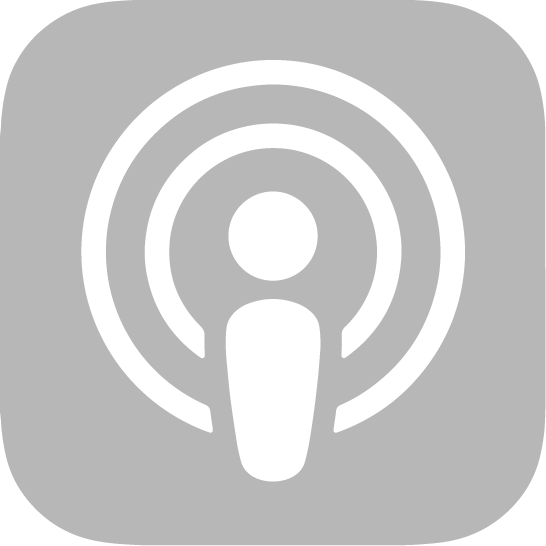Exercise and lifestyle after total hip replacement
Dear friends,
You have just returned home from the hospital with a sense of relief that you and the team of doctors have successfully managed a rather serious operation on a painful hip joint. You are aware that your affected joint has been replaced either partially or (more commonly) completely with an artificial joint, called a total hip replacement.
The aim of the surgical team was not only to relieve you of the pain in the affected joint, which had bothered you for many years and made your personal and social life uncomfortable, but also to preserve or restore the movement in the operated joint so that it is as equivalent as possible to the mobility of a healthy joint.
But how do you treat this part of your body to make it last as long as possible? First of all, you need to remember that the actual surgery was only an essential part of the overall treatment of the affected joint(s). The actual preparation for life with an artificial joint consisted of pre-operative rehabilitation care, where you learned, with the help of a physical therapist or doctor, the special exercises necessary to strengthen weakened muscles or muscle groups, or, conversely, to relax shortened and painful muscles. It was also important that you learned different types of walking with support on both high and French crutches and a cane. Do you feel that the pain in the operated joint has now completely subsided, and therefore neither exercise nor the use of a walking support is necessary? You are mistaken, overexertion of the operated joint would be comparable, with a little exaggeration, to trying to crack a nut in an artificial tooth from time to time. It could also become damaged or prematurely worn. The lifespan of a total hip replacement is also limited and a new surgery is required once it is damaged.
In order for your new hip joint to last as long as possible, it is necessary to follow certain rules even after you return from the hospital to your home or work environment. We will now introduce you to these rules.
In the early post-operative period, your doctor will usually recommend walking on high arm crutches with full relief of the operated lower limb. This means that the operated limb is virtually unburdened. This type of relief is achieved by so-called three-point walk. First, we move both crutches in front of you to about the distance of your short stride. When we are firmly supported on the crutches, the operated lower limb steps out (but must not step in front of the crutches), followed by the non-operated limb. Remember that when walking down the stairs, first move both crutches one step lower, then the operated lower limb steps out again, followed by the non-operated limb. Note that the opposite is true when walking up stairs! The non-operated lower limb steps first, we firmly stand on the crutches, bring the operated lower limb in and bring the crutches in last.
- Don't talk to anyone on the staircase!
- Don't look back, even if someone calls out to you.
- If you feel tired or unsure, insert rest breaks between walking.
- Don't hop down the stairs, don't jump!
Support
The height of any support, that is, French crutches and canes, must be appropriate to your body height. The high crutches must lightly touch your arm pits when standing, you must not lean towards them or hang on them. The appropriate length of French crutches is measured from the centre of your palm at the elbow of your slightly bent upper arm, with your forearm lightly touching the crutch socket. Walking sticks must also be neither too tall nor too short. With your elbow slightly bent (approximately 30 degrees), your palm should be touching the handle of the cane at your body. Remember that any new type of walking stick must be approved by your doctor!
- Don't be shy to practice walking in front of the mirror.
- Walk slowly, but in a natural rhythm.
- Beware of slippery and rough terrain.
- Take off your flip flops or even slippers, only sturdy shoes fastened over the heel will serve as suitable footwear.
- If your lower limbs are unequal in length, you should have the sole of the shoe increased to accommodate the shortened limb after consulting your doctor.
Mode of the day
Limit prolonged standing, especially in queues. Insert moments of sitting rest between walks. Remember that the hip joint is loaded approximately four times your body weight when walking. This load on the joint is compounded when standing. If your body weight exceeds the ideal figure (kilograms should correspond to approximately the number of centimetres of your height over 1 metre), try to reduce it reasonably.
- Do not copy different types of diets from friends.
- The appropriate diet will be recommended by your doctor.
- Adjust your work and home environment to reduce standing as much as possible. With the right height, or even angle, of the desk and the right type of higher or swivel chair (check it out at the dentist, for example), most work can be done just as well sitting as standing after some training. The same applies to housewives. In particular, learn to iron and prepare meals sitting down. A trolley bag is useful for essential shopping.
- In the postoperative period, do not sit for more than ½ hour, then change position.
- Don't sit with your leg over your foot. If you sit with the flat of your feet on the floor, place your feet far apart to prevent the knee and hip joints from rotating outwards.
- Adjust your bed so that it is higher and has a hard base, but is also soft and flexible with a mattress height of around 12 cm. A foam mattress is also suitable. Initially, sleep and turn over with a pillow between your thighs and knees.
Exercising
Regular daily exercise is an essential part of your treatment regime. Exercise lying down or sitting up on a suitable bed (hard but soft mat) in your workout clothes, preferably near an open window. Perform the exercises exactly as instructed. Learn each exercise in front of a mirror. Initially, repeat each exercise 3 times, gradually increasing to 10 times. The morning exercise is best suited to warm-up, while the second afternoon or evening exercise focuses more on the more difficult exercises. If you feel tired or more pain, shorten the exercise.
LYING ON YOUR BACK:
Contract the buttocks together for approximately 5 seconds, then relax the buttocks again for approximately 10-15 seconds.
From lying on the back with the lower limbs extended, pull the left lower limb towards the abdomen and replace it with the right one.
The knee joint of the bent lower limb must not be pulled towards the shoulder, rather towards the nose.
Never lift the lower limb extended!
Insert a small elastic cushion between the thighs and the knees, squeeze the cushion firmly with the thighs for about 5 seconds and release it again for about 10-15 seconds.
Alternate the left and right lower limbs. Neither the knee joint nor the leg itself must be externally rotated - the toe and the knee point upwards.
From lying on your back, gradually unwrap your head, neck and shoulder blades from the mat. Gradually put the shoulder blades, neck and head back on the mat. Individually, after some training, we can achieve a complete sitting position in this way. However, we never swing to sit.
LYING ON THE BELLY
Contract the buttocks together for approximately 5 seconds, then relax the buttocks again for approximately 10-15 seconds.
Exten the left and right lower leg backwards alternately, the groin must remain pressed against the mat.
Alternately bend the left and right lower leg at the knee joint. The groin must again remain pressed against the mat, the bent limb must not point outwards or inwards.
Raise the torso up when inhaling and lower it again when exhaling.
SITTING LEGS FREELY LOWERED
Stretch the upper limbs upwards and simultaneously lift the bent lower limb (alternating left and right).
Freely swing the left and right lower leg alternately with the buttocks pressed against the mat.
Inhale when turning the torso to the left, exhale when turning the torso to the right.
Insert breathing activities between each exercise. Combine active inhalation with movement of the upper limbs to the upright position, and during exhalation gradually increase the weight.
Sports and recreational activities
In addition to regular exercise, swimming is particularly suitable as it strengthens muscles and increases the body's endurance and performance. Cycling on flat terrain is also possible. However, beware of falls. Be careful when getting in and out of the car. Only elevated seats are suitable for driving.
Finally, we wish you a lot of perseverance and success. Remember that everything goes better with a good mood.






Leave a Reply
You must be logged in to post a comment.